Product Information
Catalog Number: BC4980
Specifications: 50T/48S
Kit Components
- Extraction Solution: 60 mL x 1 bottle, store at 2-8°C
- Reagent One: 35 mL x 1 bottle, store at 2-8°C
- Reagent Two: Powder x 2 vials, store at -20°C
- Reagent Three: Powder x 2 vials, store at 2-8°C
- Reagent Four: 3 mL x 1 bottle, store at 2-8°C
Solution Preparation
1. Reagent II: Add 0.25 mL distilled water before use. Unused reagents should be stored at -20℃ for two weeks.
2. Working solution of Reagent II: According to the amount required for the test, prepare the Working solution according to the ratio of Reagent II (μL): Distilled water (μL) =1:29, and prepare the reagents when it will be used. The Working solution of Reagent II should be used up on the same day if it is prepared on the same day.
3. Reagent III: Add 1.5 mL distilled water before use. Mix thoroughly. Unused reagents should be stored at -20℃ for two weeks
Product Description
Formaldehyde dehydrogenase exists in most prokaryotes and all eukaryotes. It is an oxidoreductase that converts formaldehyde. Formaldehyde dehydrogenase can catalyze formaldehyde and NAD+ to produce NADH. The absorbance at 340 nm will increase. By measuring the change at 340nm, the activity of formaldehyde dehydrogenase can be calculated.
Notes:
- It is recommended to select 2-3 samples with expected large differences for pre-experiment before the experiment. If the sample absorbance is not within the measurement range, it is recommended to dilute or increase the sample volume for detection.
Required Instruments and Supplies:
- UV spectrophotometer
- Low-temperature centrifuge
- Constant temperature incubator/water bath
- Adjustable pipette
- 1 mL quartz cuvette
- Mortar/homogenizer
- Ice and distilled water
Operation Steps:
I. Sample Treatment (the amount of sample to be tested can be adjusted appropriately, and the specific ratio can be referenced)
- Tissue: According to the ratio of animal tissue weight (g): extraction solution volume (mL) = 1:5~10 (it is recommended to weigh 0.1 g of animal tissue and add 1 mL of extraction solution), homogenize in an ice bath, centrifuge at 8000 g, 4°C for 10 minutes; take the supernatant (if the supernatant is not clear enough, it is recommended to repeat the above centrifugation steps) and place it on ice for testing.
II. Determination Steps
- Preheat the UV spectrophotometer for at least 30 minutes, adjust the wavelength to 340 nm, and zero with distilled water.
- Preheat Reagent One and Reagent Four at 37°C for 10 minutes before use.
- In a 1 mL quartz cuvette, add 100 μL of sample, 550 μL of Reagent One, 250 μL of Reagent Two working solution, 50 μL of Reagent Three, and 50 μL of Reagent Four in sequence. Mix thoroughly immediately and determine the absorbance A1 at 340 nm for 20 seconds. Place it in a 37°C water bath or incubator for 5 minutes to react, quickly remove it and wipe it dry, and determine the absorbance A2 at 5min20s. Record the absorbance A1 at 340 nm for 20 seconds and the absorbance A2 after 5 minutes. Calculate ΔA = A2 – A1.
III. Calculation of FDH Activity in Animal Tissue
- Calculation based on sample protein concentration:
Unit definition: One unit of enzyme activity is defined as the amount of enzyme that catalyzes the production of 1 nmol of NADH per minute per mg of tissue protein.
FDH (nmol/min/mg prot) =ΔA÷ (ε×d) ×VR÷ (VS×Cpr) ×109÷T×F=321.54×ΔA÷Cpr×F
- ε: Molar extinction coefficient of NADH, 6220 L/mol/cm
- d: Cuvette light path, 1 cm
- Vtotal: Total reaction system volume, 0.001 L
- Vsample: Sample volume added, 0.1 mL
- Cpr: Sample protein concentration, mg/mL
- T: Reaction time, 5 min
- F: Dilution factor
- Calculation based on sample weight:
Unit definition: One unit of enzyme activity is defined as the amount of enzyme that catalyzes the production of 1 nmol of NADH per minute per gram of tissue.
FDH enzyme activity (U/g wet weight) = ΔA ÷ (ε × d) × Vtotal × 10⁹ ÷ (Vsample × W ÷ Vtotal) × T × F = 321.54 × ΔA ÷ W × F
where:
- W: Sample weight, g
Notes:
- If the measured absorbance value A > 1.0 or ΔA > 0.5, it is recommended to dilute the sample with extraction solution before re-measurement and multiply the dilution factor in the calculation formula. If the measured absorbance value is low, it is recommended to increase the sample amount before re-measurement.
- Reagent Four is toxic. Please wear masks, gloves, and other protective equipment during the experiment.
Experimental Examples:
- Weigh 0.1 g of mouse heart tissue, add 1 mL of extraction solution, homogenize in an ice bath, centrifuge at 8000 g, 4°C for 10 minutes; collect the supernatant and place it on ice for testing. Use a 1 mL quartz cuvette and follow the assay steps to calculate ΔA = A2 – A1 = 0.626 – 0.301 = 0.325. According to the formula, calculate the FDH activity in mouse heart tissue:
FDH enzyme activity (U/g wet weight) = 321.54 × ΔA ÷ W × F = 1045 U/g wet weight
- Weigh 0.1 g of mouse liver tissue, add 1 mL of extraction solution, homogenize in an ice bath, centrifuge at 8000 g, 4°C for 10 minutes; dilute the supernatant 10-fold, and place it on ice for testing. Use a 1 mL quartz cuvette and follow the assay steps to calculate ΔA = A2 – A1 = 0.224 – 0.136 = 0.088. According to the formula, calculate the FDH activity in mouse liver tissue:
FDH enzyme activity (U/g wet weight) = 321.54 × ΔA ÷ W × F = 2829.6 U/g wet weight
Related Series Products:
- BC4970/BC4975 Plant Tissue Formaldehyde Dehydrogenase (FDH) Activity Assay Kit
- BC4990/BC4995 Formaldehyde Dehydrogenase (FDH) Activity Assay Kit for Cells, Bacteria and Other Liquid Samples
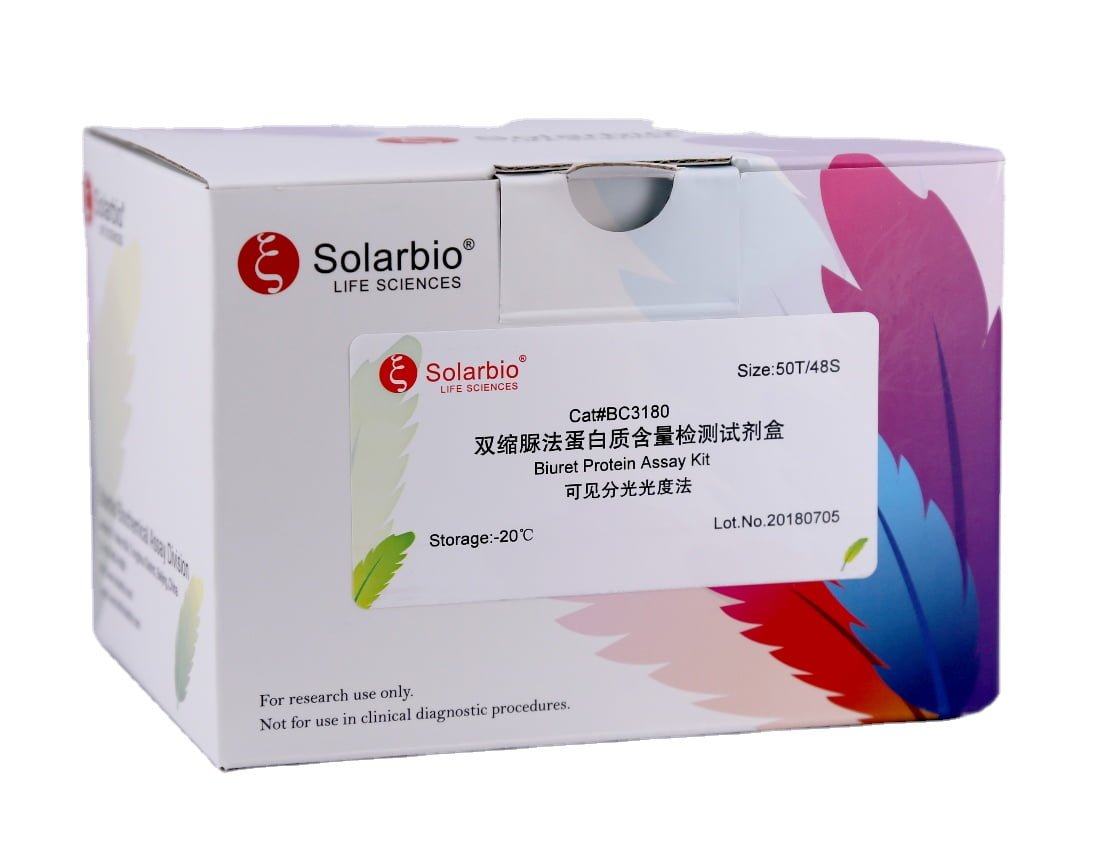
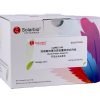
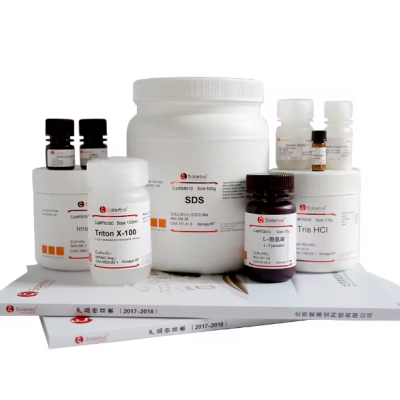
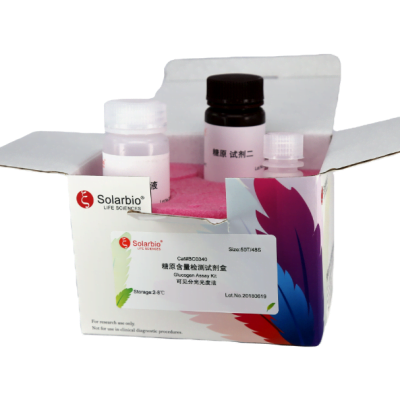
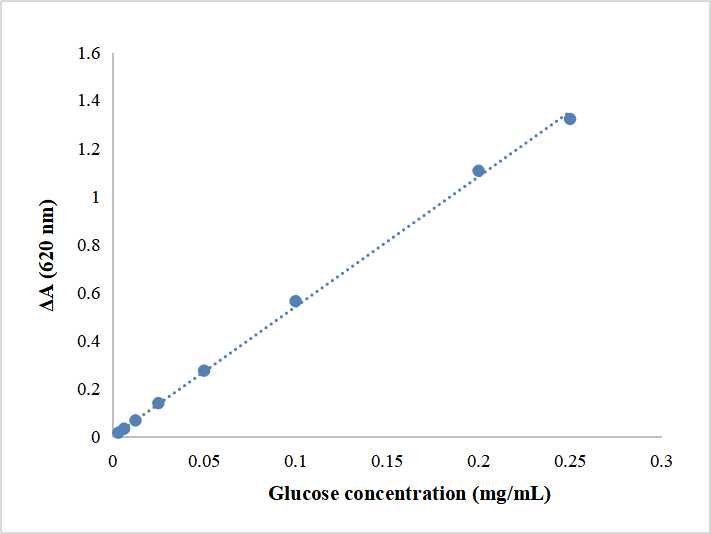
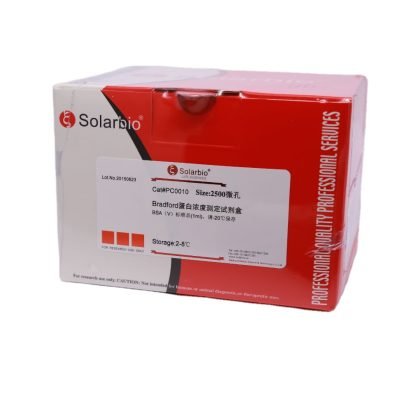
-scaled-400x400.jpg)
Reviews
There are no reviews yet.